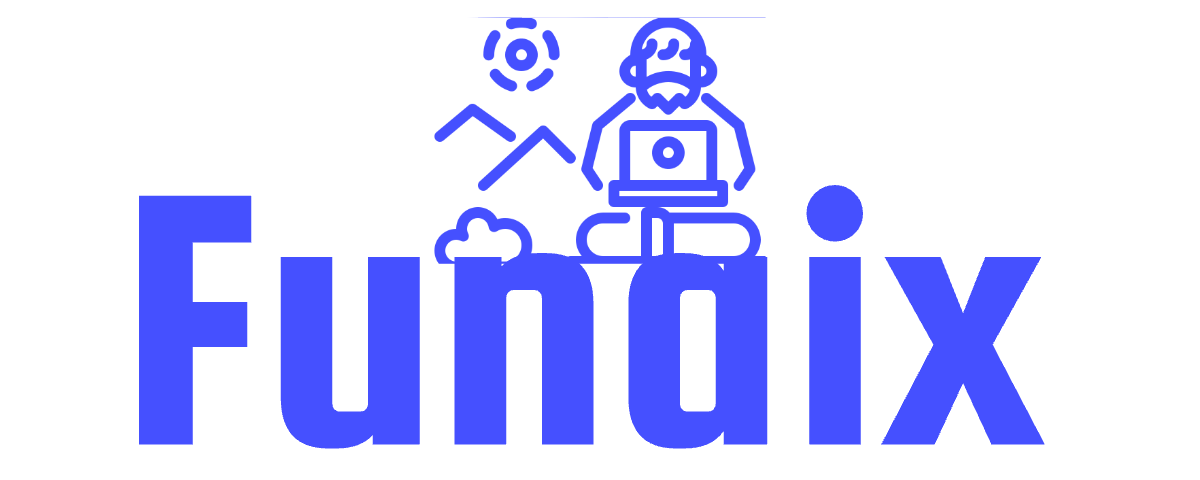The Flexibility Paradox: How Rigid Work Mandates Are Reshaping Global Talent, Gender Equality, and the Future of Work
The Flexibility Paradox is reshaping work; stricter office mandates clash with demands for freedom, risking a talent exodus. Embracing flexibility isn't just a perk—it's crucial for innovation and retaining the workforce of tomorrow. Discover how to adapt.

Introduction: Welcome to the New (Old) Office
It’s August 2025, and your inbox is full—again—with cheerful reminders about the 'joys of in-person synergy.' Your commute playlist is on repeat. Your dog is confused. And if you’re a working parent, your childcare spreadsheet is now more complex than the Large Hadron Collider.
Welcome to the Flexibility Paradox. Just when we thought the world of work had evolved—hello, pajama productivity!—a global wave of stricter office mandates is rolling back the clock. The tension between employers’ push for on-site presence and workers’ demands for meaningful flexibility is fueling a talent earthquake with aftershocks rattling everything from gender equality to the very future of work.
The Global Return-to-Office Movement: Progress or Regression?
Nearly half of UK companies now expect employees to be on-site full time—a stunning leap from just 27% a year ago (British Chambers of Commerce, 2025). In the U.S., the story echoes: federal and Fortune 500 employers have revoked remote work en masse, with full-time office requirements among giants like Amazon and JP Morgan surging from 13% to 24% in six months.
“Flexibility is no longer a perk—it’s a baseline expectation.”
—Frank Weishaupt, CEO of Owl Labs
Yet this back-to-office push isn’t just a workplace issue; it’s a macro trend reshaping entire economies, families, and futures.
The Fallout: Mass Resignations, Gender Gaps, and New Talent Wars
1. The Great She-cession: Women Leaving in Droves
Since January, over 212,000 women in the U.S. (ages 20+) have exited the workforce—reversing years of progress. The hardest hit? Mothers of young children and women with college degrees, who had surged into the workforce thanks to pandemic-era flexibility. Now, many are forced to choose between work and family as childcare costs soar and remote options vanish.
- Labor force participation among mothers of under-fives dropped by almost 3 percentage points in six months.
- Federal job cuts and loss of telework benefits hit women disproportionately.
“When their balancing act becomes unmanageable… women are more likely than men to feel they have to leave the workforce.”
—Julie Vogtman, National Women’s Law Center
2. Gen Z and Millennials: The Flexibility Generation
It’s not just parents. For Gen Z and Millennials, flexibility is sacred. 79% of workers under office mandates are considering quitting (Owl Labs, 2025). Nearly half of UK companies now offer a four-day week, and 91% of Gen Z believe this should be standard. Talent shortages are mounting as young professionals opt for freelance life, entrepreneurship, or simply—gasp—taking a break.
3. Productivity Myths and Realities
Contrary to some corporate lore, the productivity case for rigid office mandates is shaky. Surveys show only 17% of firms believe remote or hybrid work reduces efficiency. Meanwhile, forced returns often trigger senior resignations and morale slumps, creating new headaches for HR leaders and business owners.
Why Flexibility Matters: Economics, Innovation, and Equality
Here’s the paradox: The more companies try to reel workers back in, the more talent leaks out. The economic consequences are far-reaching:
- Family finances: Losing a second income means less spending, less saving, and less security for millions.
- Business growth: Talent shortages and high turnover slow innovation and drive up costs.
- Gender equality: The rollback of flexibility risks erasing decades of progress for women and working parents.
And yet, companies that embrace meaningful, year-round flexibility report higher retention, trust, and creativity. The lesson? Flexibility isn’t a summer perk—it’s a competitive advantage.
Actionable Tools: How to Survive (and Thrive) in the Flexibility Paradox
For Professionals
- Negotiate Flexibility Like a Pro: Come armed with data on your productivity, propose pilot hybrid arrangements, and highlight benefits for the team—not just yourself.
- Explore Remote-First Job Platforms: Sites like FlexJobs, We Work Remotely, and LinkedIn’s remote filters are gold mines for finding flexible gigs.
- Upskill for the Freelance Future: Online courses (think Coursera, Udemy, Skillshare) help you build in-demand, location-independent skills.
For Employers & HR Leaders
- Redefine Flexibility: Move beyond token perks. Implement formal policies—hybrid schedules, four-day weeks, remote options—that empower all employees.
- Measure Outcomes, Not Hours: Focus on deliverables and results, not badge swipes or desk time.
- Support Working Parents: Subsidize childcare, offer flexible start/end times, and provide resources for caregivers.
- Listen and Adapt: Survey staff regularly and be willing to tweak policies based on what actually works.
The Bottom Line: Flexibility Is the Future (Even If It’s on Hold)
Let’s be real: The toothpaste is out of the tube. The pandemic proved that work can happen anywhere, and workers know it. Companies clinging to rigid mandates may win a short-term attendance battle, but risk losing the long-term talent war. Whether you’re a professional, leader, or policy watcher, the message is clear—the future belongs to those who make flexibility real, not just seasonal.
“The shift in the zeitgeist—now, it’s ‘We don’t care about you, and you’re replaceable.’ It’s like we didn’t learn anything.”
—Anonymous working mother, 2025
Join the Conversation (and the Revolution!)
Want to stay ahead of the curve on the future of work, workplace equality, and smart career moves? Become a Funaix Insider—subscribe for free at this link and unlock exclusive news, expert insights, and the ability to join our comments section. Only subscribers can read and write comments—so don’t miss your chance to shape the debate (and maybe drop a meme or two).
Subscribing is free—for now. Don’t let the next big workplace revolution pass you by.




